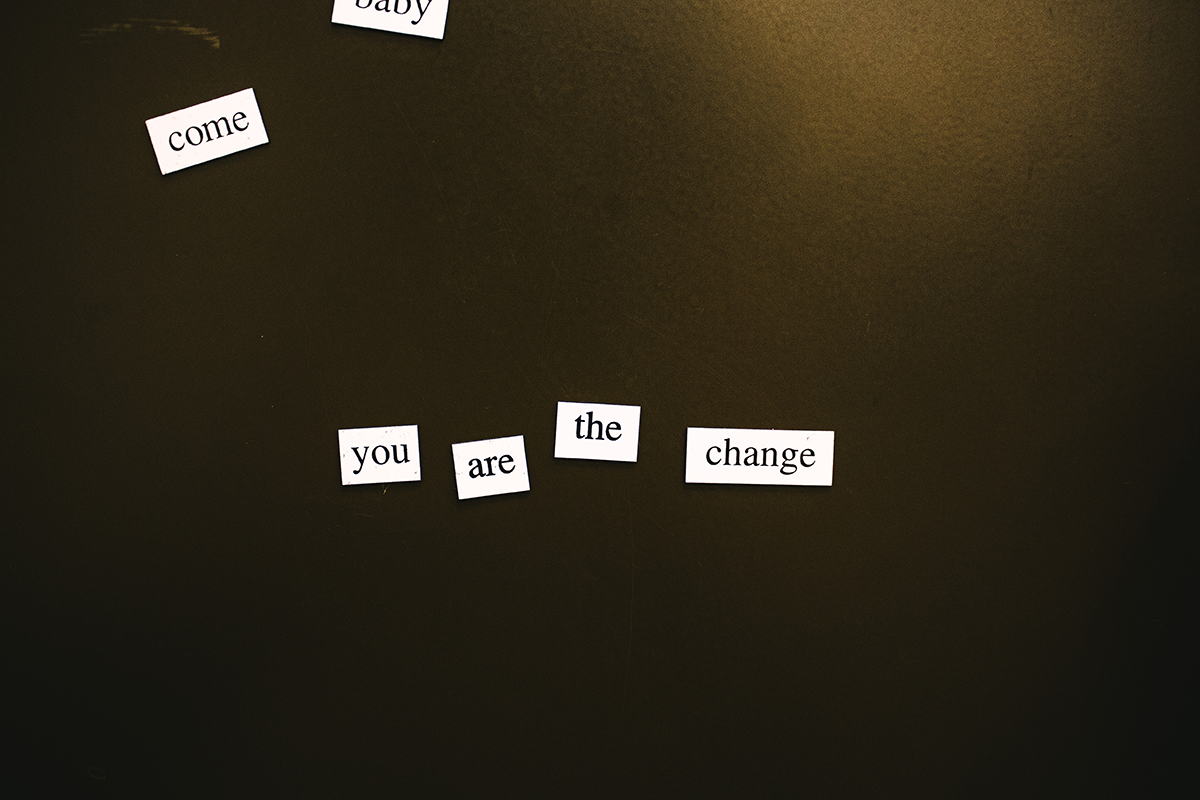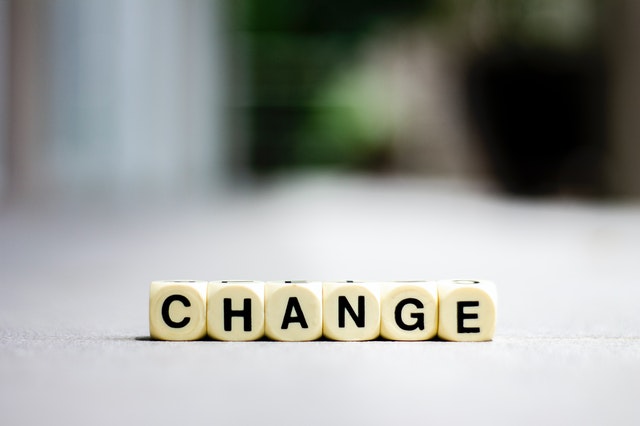When depression shows up, it doesn’t exactly come knocking with flowers and good intentions. Nope. It barges in, makes itself at home, and slowly rearranges your entire life so that it can stick around as long as possible. It feeds on things like isolation, skipped showers, endless scrolling, late-night junk food binges, messy kitchens, and way too many hours spent in bed or in front of a screen. The worse it gets, the more it wants to keep you stuck in the same loop.
Behavioral activation—aka the exact opposite of what depression wants you to do—means breaking that loop. It’s a simple and powerful approach grounded in Cognitive-Behavioral Therapy (CBT) research, and it’s all about taking small, intentional steps to create an environment where depression can’t thrive. Think of it like pest control, but instead of bugs, you’re making life really uncomfortable for depression.
Let’s dig into what behavioral activation is, how it works, and how you can apply it in real life to feel better bit by bit.
What Exactly Is Behavioral Activation?
At its core, behavioral activation is the practice of intentionally adding activities back into your life that boost your mood, give you a sense of accomplishment, or bring even a tiny spark of joy. Depression wants you to stop doing these things. It convinces you that nothing is worth the effort, and the less you do, the worse you feel. It’s a truly vicious cycle.
Behavioral activation flips that cycle on its head. By getting moving again, reaching out to people, or even tackling basic tasks like dishes or laundry, you’re sending your brain signals that things can change. Over time, these small actions can snowball into noticeable improvements in mood and energy levels.
Real-Life Examples of Behavioral Activation
So what does behavioral activation actually look like in practice? Here are some of the most common ways people use it—and why they work.
Get Moving (Even When You Don’t Feel Like It)
Physical activity is a game-changer, and you don’t have to run marathons to see results. Go for a walk. Try a YouTube yoga video. Put on music and dance around your kitchen. Lift some light weights. Go hike a trail you’ve never been on.
The key here is movement. Exercise boosts feel-good chemicals in your brain, gets your blood flowing, and gives you a sense of accomplishment. The three things depression absolutely hates.
Reconnect with People
When depression hits, isolating yourself can feel easier than facing the world. The problem? Isolation gives depression the perfect breeding ground.
Scheduling time with friends, calling a family member, or even chatting with a neighbor can give you a mood lift. You don’t have to host a party, but sometimes just sitting with someone for coffee or going for a short walk together is enough to remind you you’re not alone.
Keep Up with Basic Self-Care
When getting out of bed feels like wading through wet cement showers, brushing your teeth, and clean clothes might fall way down the priority list. Behavioral activation says: do them anyway.
Why? Because taking care of your body sends powerful signals to your brain that you matter and you’re worth the effort. It’s not about perfection, it’s about small wins that add up.
It doesn’t even have to be the full activity. It could be a quick rinse in the shower. Just doing a fraction of a self-care activity is better than doing nothing.
Handle the Everyday Stuff
Bills, laundry, dishes, sweeping the floor—it’s easy to let all of it pile up when you’re feeling low. But that clutter can quickly become overwhelming and feed feelings of hopelessness.
Start small. Wash a few dishes. Fold one load of laundry. Pay a bill online. Each little task chips away at the mental weight depression piles on.
Fix Your Sleep Routine
Depression messes with sleep in two ways: either you’re sleeping way too much or barely sleeping at all. Neither one is great for your mental health.
A consistent sleep schedule can help you drastically.
- Go to bed and wake up around the same time every day
- Put screens away for at least 30 minutes before bed
- Try creating a bedtime routine that tells your brain it’s time to wind down. Something like reading, stretching, or listening to calm music
Most adults feel their best with 7–9 hours of sleep a night. If you’re way above or below that, it might be time to reset your habits.
Finding Pleasure and Meaning Again
One of the biggest goals of behavioral activation is bringing back the activities that used to make life enjoyable—or discovering new ones.
Let’s say you used to love gardening, but depression stole your motivation. Every day you avoid it, you feel worse about it. Getting back to it, even for 10 minutes, can remind you of who you were before depression showed up.
This works for anything—painting, cooking, hiking, playing an instrument, you name it. Even small doses of these activities can give you a sense of purpose and lift your mood.
How to Start Behavioral Activation
You don’t need a complicated plan to start.
1. Pay Attention to the Connection Between Actions and Feelings
Keep a simple log for a week. Each day, jot down:
- What you did
- How it made you feel
Patterns will start to pop up. You’ll notice which activities help you feel a little better and which ones seem to drag you down.
2. Pick One or Two Things to Add Back In
Start small. Maybe it’s getting dressed every morning. Or walking around the block after lunch. Or calling a friend once a week.
The goal isn’t to overhaul your life overnight—it’s to break depression’s cycle one small step at a time.
3. Cut Back on Things That Make You Feel Worse
Too much social media? Binge-watching until 3 a.m.? Skipping meals?
Behavioral activation isn’t just about adding good stuff in—it’s also about noticing what drains you and making swaps. Social media has been proven time and time again to have negative side effects, and so instead of scrolling TikTok for an hour, call a friend or listen to a podcast. Engage your mind in a specific task or be intentional in what you spend time focusing on.
4. Track Your Progress
As you add activities back in, pay attention to how your mood shifts. Over time, you might notice:
- Tasks feel easier to start
- Your energy slowly increases
- You enjoy things more than you used to
If something isn’t helping, you can tweak your approach or add new activities.
Where Behavioral Activation Fits with Other Treatments
Behavioral activation works well for many people, but it’s not the only tool out there. It focuses on actions and mood but doesn’t directly tackle thought patterns or deeper issues. This is why therapists often pair it with other approaches.
- Cognitive-Behavioral Therapy (CBT)
- Helps you spot and reframe negative thought patterns.
- Trauma therapy
- If your depression stems from trauma, this type of therapy helps you process it safely.
- Medication
- For some, antidepressants can be an important piece of the puzzle.
- Lifestyle changes
- Things like nutrition, relationships, and physical health all play a role in mental well-being.
If behavioral activation alone isn’t cutting it, that doesn’t mean you’ve failed. It just means depression might need a multi-layered approach.
Be Patient (and Give Yourself Credit)
Here’s the thing: depression makes everything feel heavier than it really is. Getting out of bed might feel like running a marathon. Washing your hair might feel like climbing Everest.
So when you do these things—especially when they’re hard—celebrate it. Seriously. Give yourself credit for showing up for yourself when it would have been easier to stay stuck.
The Bottom Line
Behavioral activation isn’t flashy or complicated. It doesn’t require expensive tools or huge time commitments. It just asks you to start where you are, do what you can, and trust that small steps matter.
If you’re feeling overwhelmed, Evolve Counseling Services has seasoned therapists like Lindsey Phillips, LPC, and Ben Smith, LPC who use CBT every day to help people. Visit them in the office or with online therapy, they make it truly as easy as possible to find the time and meet you where you are at.
And if depression has been holding you back for too long, reaching out for help might be the most powerful first step you take.



